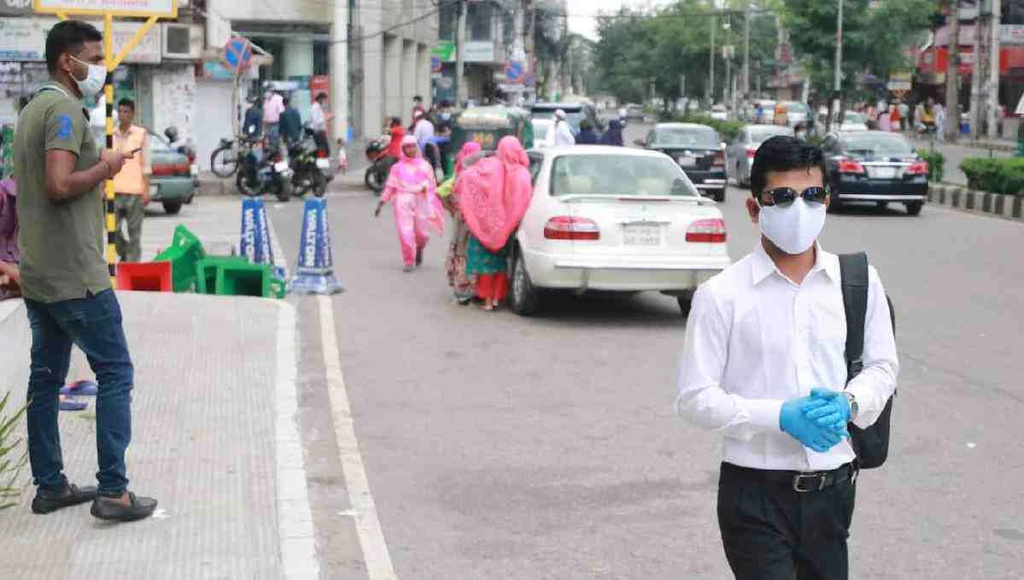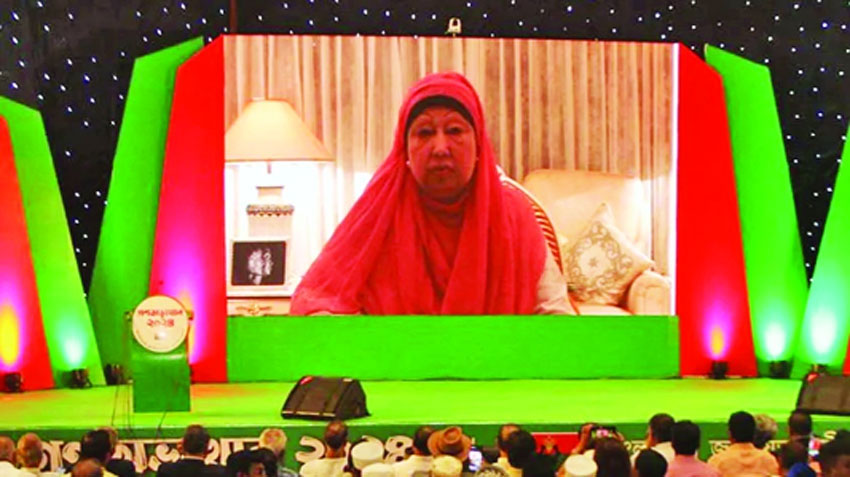- 2022-03-15 23:22:55
- LAST MODIFIED: 2025-12-06 05:10:35
The chronicles of March
Syed Badrul Ahsan

March 1971:
The negotiations, eventually abortive, which had the Awami League engage with the martial law regime of General Yahya Khan, were soon to lead to the beginning of the collapse of Pakistan in its eastern province.
Days before Yahya Khan arrived in Dhaka for what would his last visit to a fragmenting East Pakistan, Bangabandhu Sheikh Mujibur Rahman made it known that Pakistan’s President would be welcomed as a guest of Bengalis.
The point was not lost on anyone: Bangabandhu was letting the regime and the rest of Pakistan know that East Pakistan was as good as gone, that it was now a de facto Bangladesh in place.
The negotiations which the junta conducted with the Awami League were, in hindsight, a ruse to increase the presence of the Pakistan army in Bangladesh, the obvious goal being a crushing of the movement for democracy. On Mar 21, People’s Party leader ZA Bhutto, on instructions from Yahya who had earlier obtained Bangabandhu’s agreement to have Bhutto come over, arrived in Dhaka. Overall, the talks, held from Mar 16 to Mar 24, led nowhere.
With the momentum for independence rising among Bengalis, Bangabandhu offered the regime a last chance at a constitutional settlement. A confederation would be in order, his team informed the junta in line with his instructions. That was on Mar 24. Lt General SGMM Peerzada, on Yahya Khan’s delegation, promised to get back to Dr Kamal Hossain. He never did.
On the evening of Mar 25, Yahya Khan stealthily flew out of Dhaka and back to Karachi without informing Sheikh Mujibur Rahman or drawing a formal end to the talks. Later that night, Lt General Khadim Hussain Raja, who had earlier been told by Lt General Tikka Khan, ‘Khadim, it is tonight’, ordered the military to fan out all over Dhaka and crush what the regime called a secessionist movement. As many as seven thousand Bengalis were killed in those initial hours of the genocide.
Bangabandhu’s declaration of independence in the early minutes of Mar 26 was followed by his arrest by the army. He would be kept confined in the cantonment for a few days before being flown to imprisonment and trial in (West) Pakistan.
Bhutto watched, from his suite in the Intercontinental, the offices of The People newspaper burn when the army torched it. The next day, the army would fly him out to Karachi, where on arrival he would happily announce to the media, ‘Thank God, Pakistan has been saved.’
This was March 1971.
March 1969:
Go back to an earlier March, in 1969, a time when a Mass Upsurge had begun to make things difficult for the decade-old regime of Field Marshal Ayub Khan. The regime got a round table conference going in February, before adjourning it to Mar 10.
For three days, the negotiations between the opposition Democratic Action Committee (DAC) and the government went on. Bangabandhu, newly freed from the Agartala Case, pressed his Six Points at the conference and found that it was not only the regime but also his fellow opposition politicians who refused to accept his call for full regional autonomy on the basis of his programme.
The one concession Ayub Khan made at the RTC was to agree to a restoration of parliamentary democracy in Pakistan.
The RTC, in large measure, ended in a whimper on Mar 13. An indignant Sheikh Mujibur Rahman pulled out of the DAC and flew back to Dhaka, where he made his feelings about the positions adopted by some Bengali politicians at the conference known.
Meanwhile, the country remained in turmoil. Political leaders like Moulana Abdul Hamid Khan Bhashani and Zulfikar Ali Bhutto, neither of whom had taken part in the RTC, barnstormed the country and kept the anti-Ayub agitation alive.
On Mar 25, 1969, with conditions going beyond the control of the regime, Ayub Khan, in a radio broadcast in the evening, resigned from the office of President.
It was not to the Speaker of the National Assembly, as stipulated under the constitution he and his supporters had imposed on the country in 1962, that he transferred power, but to General Yahya Khan, the army commander-in-chief. Yahya Khan promptly imposed martial law, the second in Pakistan’s history.
The next day, Yahya Khan addressed the country in the morning, promising to create conditions conducive to the holding of general elections in Pakistan. Meanwhile, the national and provincial assemblies all stood dissolved and the constitution was abrogated.
Thus the tales of March 1969 and March 1971.
And there are more. In March 1948, Pakistan’s founder Mohammad Ali Jinnah visited Dhaka. Addressing a public rally at the Race Course on Mar 21, he stated emphatically that Urdu and Urdu alone would be the state language of Pakistan. Those who opposed Urdu, he warned, were falling prey to the conspiracies of quarters which did not wish Pakistan well.
At Curzon Hall of Dhaka University, he spoke in a similar vein. When some students in the audience loudly made their opposition to his views known, he was for the very first time in his political career shocked at the response. He was stunned for a few seconds before resuming his speech.
Go back again, this time to March 1940.
At the conference of the All-India Muslim League on Mar 23 in Lahore, a resolution advocating the establishment of independent states for Muslims in areas where they constituted a majority was tabled by Sher-e-Bangla AK Fazlul Huq and adopted by the party.
Six years later, though, the term ‘states’ was replaced with ‘state’, with Jinnah unconvincingly forwarding the argument that ‘states’ had been a typing error.
In March 1954, the ruling Muslim League went down to a resounding defeat at the hands of the opposition United (Jukto) Front at the provincial assembly elections in East Bengal. A new ministry, with Sher-e-Bangla as chief minister, took over from the defeated Nurul Amin government.
Within a couple of months, however, the central government based in Karachi manoeuvred the removal of the new government. Under Section 92a, the United Front ministry was dismissed and East Bengal went back to politics as usual.
In March 1956, the Pakistan Constituent Assembly adopted, nearly nine years after the creation of Pakistan, a constitution for Pakistan.
Among the principal features of the constitution were a cabinet form of government for the country and an amalgamation of the four provinces in the western part of the country — Punjab, Sindh, Baluchistan and North-West Frontier Province — into a single unit to be known as West Pakistan.
East Bengal would thenceforth be East Pakistan. At a stroke, East Bengal was deprived of its majority — 56 per cent of the population — and was placed on a par with West Pakistan in the interest of what was given out as parity.
Thus the chronicles of March. Thus the long, tortuous passage to the rise of Bangladesh, the very first Bengali republic administered by Bengalis in history.
Syed Badrul Ahsanis a politics and history analyst










